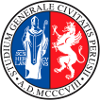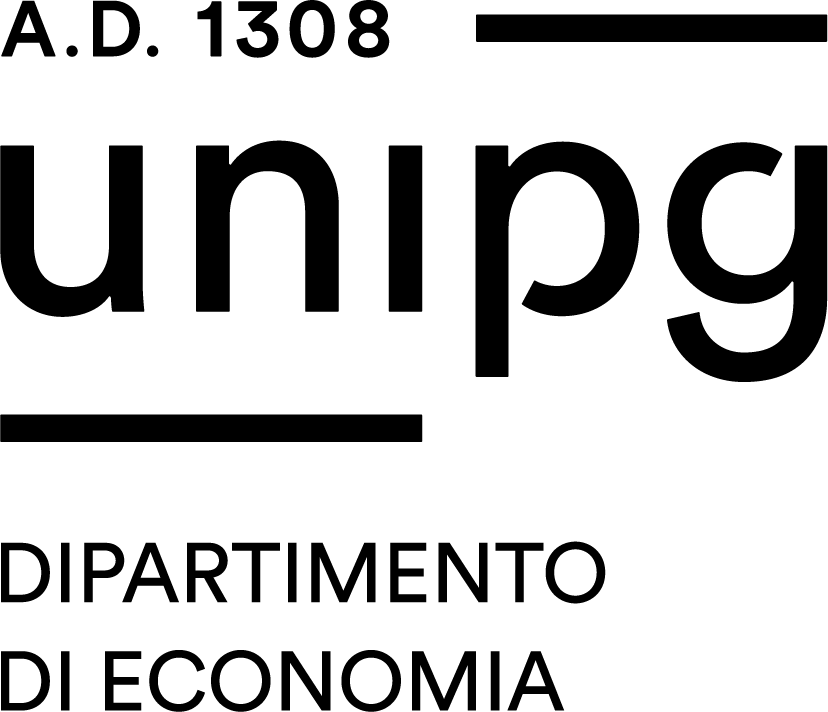Study-unit CRUG ANALYSIS II - MOD. I AND MOD. II
| Course name | Pharmacy |
|---|---|
| Study-unit Code | A001742 |
| Location | PERUGIA |
| Curriculum | Comune a tutti i curricula |
| Lecturer | Stefano Sabatini |
| CFU | 12 |
| Course Regulation | Coorte 2022 |
| Supplied | 2025/26 |
| Supplied other course regulation | |
| Type of study-unit | Obbligatorio (Required) |
| Type of learning activities | Attività formativa integrata |
| Partition |
DRUG ANALYSIS II - MOD. I
| Code | A001743 |
|---|---|
| Location | PERUGIA |
| CFU | 5 |
| Lecturer | Giuseppe Manfroni |
| Learning activities | Caratterizzante |
| Area | Discipline chimiche, farmaceutiche e tecnologiche |
| Sector | CHIM/08 |
| Type of study-unit | Obbligatorio (Required) |
DRUG ANALYSIS II - MOD. II
| Code | A001745 |
|---|---|
| Location | PERUGIA |
| CFU | 7 |
| Lecturer | Stefano Sabatini |
| Learning activities | Caratterizzante |
| Area | Discipline chimiche, farmaceutiche e tecnologiche |
| Sector | CHIM/08 |
| Type of study-unit | Obbligatorio (Required) |
Cognomi A-L
| CFU | 7 |
|---|---|
| Lecturer | Stefano Sabatini |
Cognomi M-Z
| CFU | 7 |
|---|---|
| Lecturer | Stefano Sabatini |


